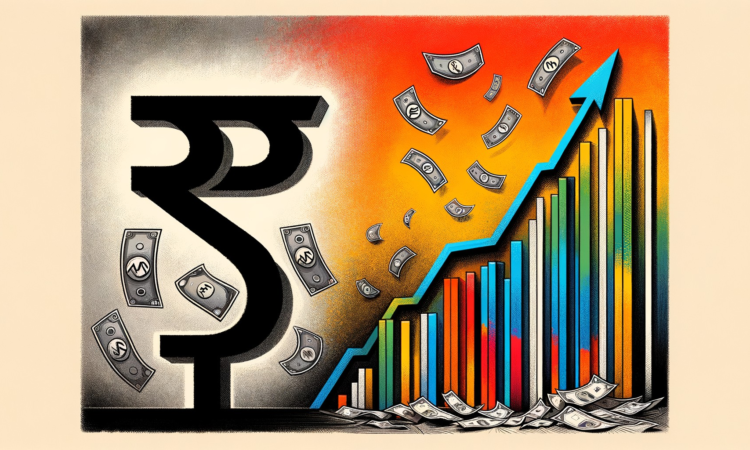
What’s going on here?
The Indian rupee appreciated against the US dollar, driven by declining US bond yields and economic data hinting at potential Federal Reserve rate cuts.
What does this mean?
The rupee climbed to 83.44 against the US dollar, up from 83.4850 the prior session, thanks to falling US bond yields. Economic data suggests the Fed might cut rates later this year, with the US unemployment rate rising to 4.1% and the slowest annual wage growth in three years indicating a cooling labor market. This pushed the probability of a September rate cut to nearly 76% from 64% a week earlier, according to the CME’s FedWatch tool.
Why should I care?
For markets: Bumpy ride for Asian currencies.
Lloyd Chan, a senior currency analyst at MUFG Bank, mentioned that the broad weakness in the US dollar provided temporary relief for Asian currencies, including the rupee. However, the possibility remains skewed towards downside risks due to the Fed’s cautious stance. The Japanese yen hit a 38-year low, and the offshore Chinese yuan saw its weakest level since November. Despite the rupee’s gains, traders expect a mostly sideways trend between 83.40 and 83.55 against the US dollar.
The bigger picture: A cooling US economy.
Several indicators are pointing to a slowing US economy, which impacts market expectations for future interest rate decisions by the Federal Reserve. Although Asian currencies like the rupee have gained in the short term, ongoing uncertainties in US monetary policy keep them vulnerable to future shifts. On Friday, the dollar index was at 104.9 after a 0.2% drop, reflecting broader market reactions to the evolving economic landscape.


